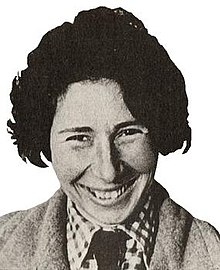1907
1910
1918
1924
1926
1928
1929
1930
1931
1934
1935
1936
1937
1938
1939
1950













